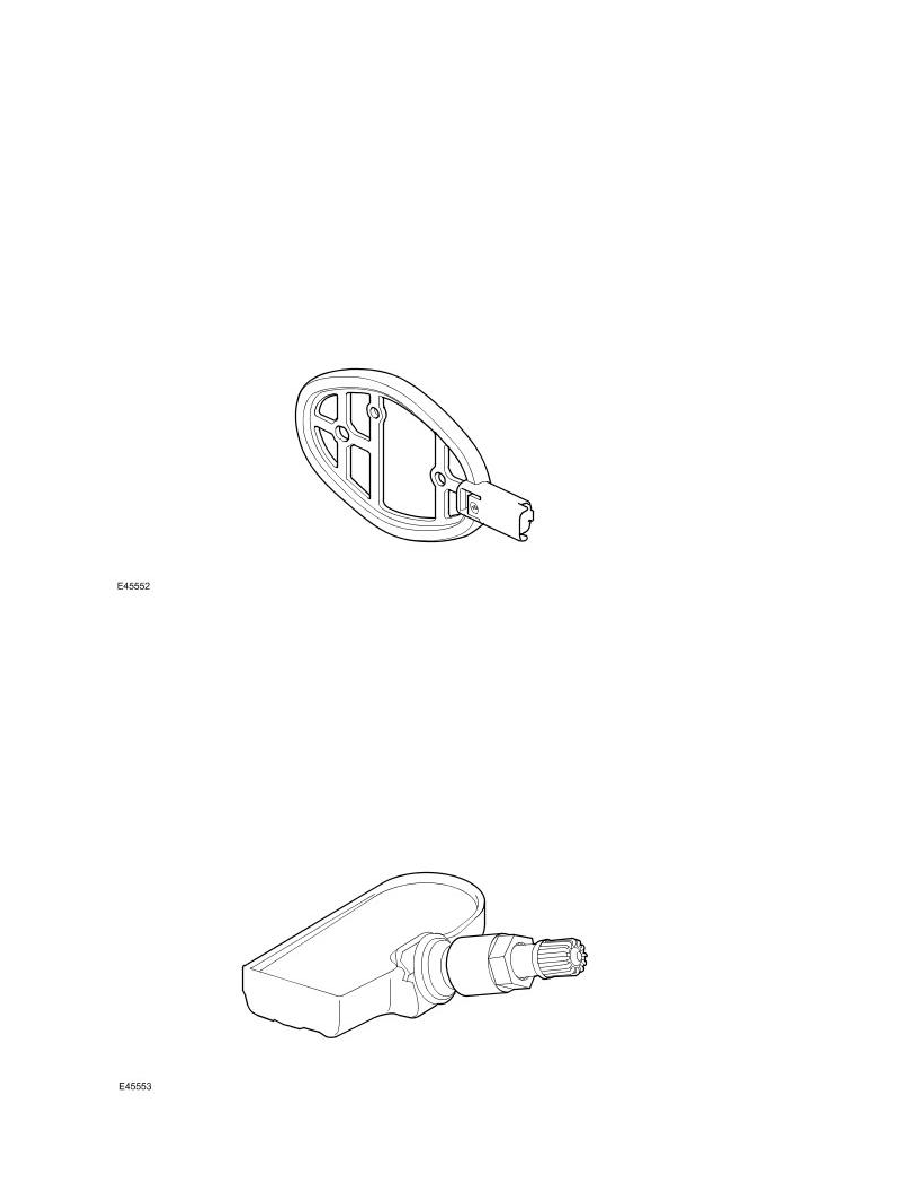LR3/Disco 3

Each tire sensor responds in turn so the module can establish the sensor positions at the start of the drive cycle. This
process is repeated up to three times but less if the sensor positions are already known in the module. The process is
known as 'Auto Location' and takes 3 to 4 minutes on all except NAS vehicles and 7 to 8 minutes on NAS vehicles to
complete. During this period the tire sensors transmit at regular intervals, once every 5 seconds on all except NAS
vehicles and once every 15 seconds on NAS vehicles. For the remainder of the drive cycle the tire sensors transmit once
every 60 seconds or if a change in tire pressure is sensed until the vehicle stops and the system returns to parking mode.
Once the wheel position is established, the initiators stop firing and do not fire again until the vehicle has been parked for
more than 15 minutes. The signal transmissions from each wheel sensor continue at 1 minute intervals whilst the vehicle
is being driven. This transmission is to monitor the tire pressure. There are two levels of warning; amber warning indicator
illuminated at 25% deflation and an appropriate message displayed in the instrument cluster message centre at 35%
deflation. The message centre will also display additional information about the position of the affected wheel(s).
Initiator
The initiators are located near the front of the front wheel arches and near the rear of the rear wheel arches and are
secured with two scrivets. The TPMS system has four initiators. Each initiator has a connector which connects with the
body harness.
The initiator is a passive, Low Frequency (LF) transmitter. Each initiator provides an auto-location feature to identify tire
positions on the vehicle and transmit that data to the TPMS module.
The TPMS module energises each initiator in turn using LF drivers. The corresponding tire pressure sensor detects the
resulting LF transmission and responds by initiating an RF transmission of its data. This data is received by the TPMS
module internal RF antenna. The module can then determine which sensor is transmitting and its location on the vehicle.
Tire Pressure Sensor
